Or at least we try to. In 2008, BHP conducted a questionnaire for Certified Local Governments (CLGs). Among many other suggestions, the most frequent request we received was to help with design issues. The Certified Local Government (CLG) program is one of the federal historic preservation programs administered by the BHP. Essentially, local governments who agree to operate their historic preservation programs according to Pennsylvania’s CLG guidelines can be certified through our office and the National Park Service. CLG certification, among other benefits, provides access to a dedicated source of funding for non-construction preservation projects from BHP.
This is something we hear about on virtually a daily basis. Often, municipalities, property and business owners struggle with developing sound preservation-based design solutions. Of course many municipalities have developed their own design guidelines and there are many examples to refer to including, of course, the Secretary of the Interior’s Standards for Rehabilitation and Guidelines for Rehabilitating Historic Buildings.
But translating a specific guideline to an actual project can be difficult. Sometimes carefully developed design guidelines, though applicable in most circumstances, may be irrelevant in others. Guidelines by their nature are usually non-specific. They can help guide activities but, except the most basic projects, some level of professional design assistance is often needed to push a project forward.
In response to what we heard from our CLG partners and other constituents, BHP staff decided to see what a community design assistance program might look like. The Bureau set up a pilot project with Gettysburg and Hollidaysburg, both CLGs. With assistance provided by the Community Design Center of Pittsburgh and funded by a small Keystone grant, these projects solicited public input to identify community design needs. The program helped the communities find a qualified design professional to assist in creating preservation-friendly design solutions to problems identified through the public participation process.
In Gettysburg, this resulted in a plan and designs to make alleys and other underdeveloped portions of the community’s historic district more inviting through the use of historic interpretation, public art, landscaping and other relatively minor but effective strategies.
In Hollidaysburg, the community wanted entry from a state highway into the borough’s historic district be made less visually jarring. The straightforward but effective design solution was almost immediately deemed “shovel-ready” and its implementation was funded through the 2009 federal stimulus package.
BHP was encouraged by the success of this small pilot project and looked for opportunities to try another, larger-scale pilot. In 2010 BHP applied for and received funding from the federal Preserve America program to implement a design assistance initiative (DAI) based on the Hollidaysburg/Gettysburg project in the Pennsylvania Wilds—a much larger and more daunting challenge.
The PA Wilds is a 12-county region in northern Pennsylvania which is home to great scenic beauty and extensive historic resources. The PA Wilds was developed through grass-roots efforts to capitalize on those natural and cultural assets through heritage and natural resource tourism.
The PA Wilds DAI, completed in late 2012, exceeded the BHPs expectations. Eight projects in seven counties were awarded grants. The projects included private, public and quasi-public initiatives, and design services ranged from rehabilitation assistance to landscape design, civil engineering, public education, signage and economic planning. Each project followed the principles of the award-winning Pennsylvania Wilds Design Guide, and all but one was or soon will be implemented.
The PA Wilds DAI pilot benefitted from several key partnerships. Local partners included the Lumber Heritage Region, the PA Wilds Planning Team and Clearfield County. Funding and technical assistance was provided by the Departments of Community and Economic Development and Conservation and Natural Resources. T&B Planning from Murrysville, PA coordinated the project.
The DAI pilot taught us many valuable lessons. These eight projects generated an astonishing 4:1 ratio of local matching dollars to state and federal funding, showing us the great need for this kind of assistance. We learned that simply helping a project sponsor find appropriate professional design assistance can often make the difference as to whether an entrepreneur’s dream or a borough’s vision can be realized. The broad range of funding and technical assistance partnerships was shown to be absolutely essential for the successful completion of the effort.
We also corroborated something we were already pretty sure of: that Pennsylvanians deeply value the historic character of their communities, and will roll up their sleeves to preserve that character at the slightest opportunity.
Copies of the Pennsylvania Wilds Design Assistance Initiative Executive Summary can be obtained by contacting BHP.
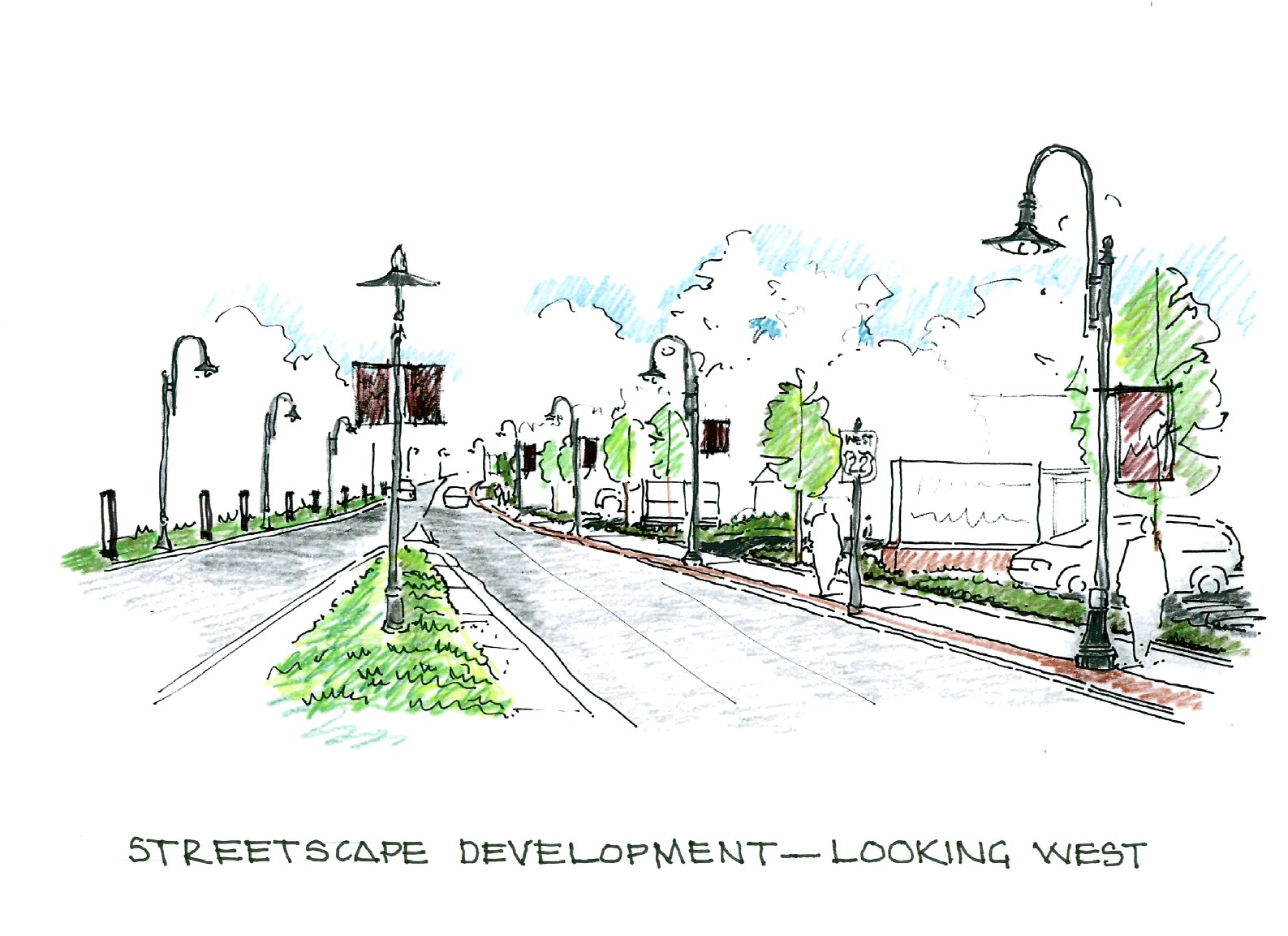
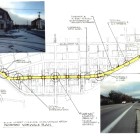
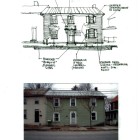
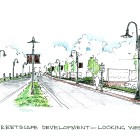
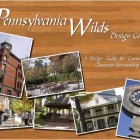
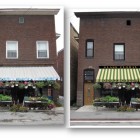
Leave a Reply